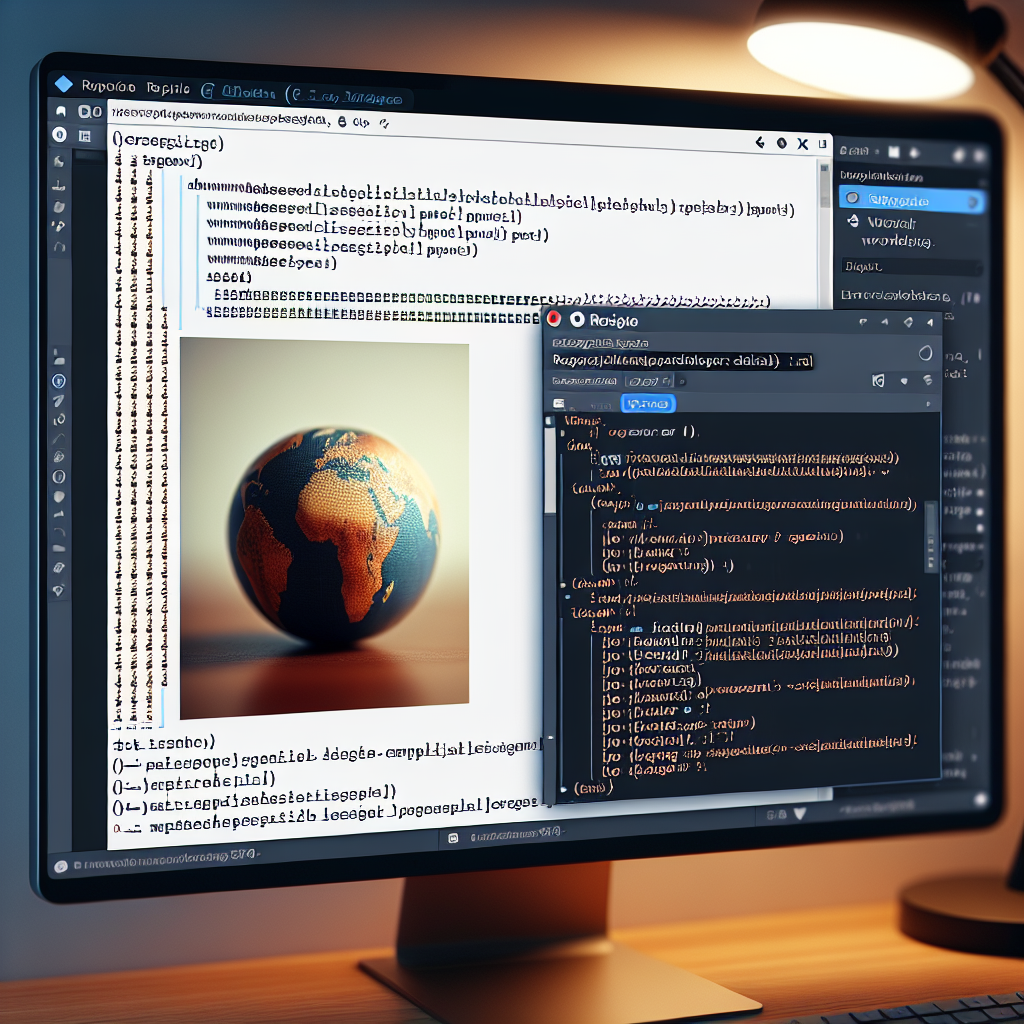How to Resize Images in Markdown: A Complete Guide
How to resize images in Markdown? This article offers methods using inline HTML, CSS, and Markdown extended syntax. Resizing images can improve load speed, enhance visual appeal, and ensure consistent layout. Optimize your images now to boost user experience!

"Why struggle with Markdown formatting? Our free tools make it easy to create beautiful, professional-looking documents in seconds."
Looking to resize images in Markdown? Whether you're a blogger, developer, or content creator, mastering image resizing in Markdown can greatly enhance your user experience. This guide will walk you through everything you need to know.
What is Markdown?
Markdown is a lightweight markup language popular among web writers for its simplicity and clean syntax. Unlike HTML, which can be verbose and complicated, Markdown allows you to format text with minimal fuss. It's widely used in forums, GitHub repositories, and even some content management systems.
Why Resize Images in Markdown?
Resizing images has numerous benefits:
- Improved Load Times: Smaller images load faster, which can boost your SEO and user experience.
- Better Aesthetics: Correctly sized images can enhance the visual appeal of your content.
- Consistent Layout: Ensures your content looks good on various devices.
Methods to Resize Images in Markdown
1. HTML Inline Method
One of the easiest ways to resize images in Markdown is to incorporate a bit of HTML. Here's how you can do it:
<img src="path_to_image" alt="Alt text" width="500" height="300">
2. Using CSS
If you have control over the CSS on your page, you can use CSS to resize your images:
<style>
img {
width: 50%;
height: auto;
}
</style>

3. Markdown Syntax Extensions
Some Markdown processors, like Markdown-it or other plugins, support extended syntax for resizing images:

This syntax might not be supported by all Markdown processors, so be sure to check the documentation.
Best Practices
- Use Descriptive Alt Text: This not only aids in accessibility but also provides context for search engines.
- Optimize Image Files: Use tools like TinyPNG or JPEGmini to compress your images without losing quality.
- Consider WebP Format: This newer format often provides better compression rates compared to JPEG or PNG.
Conclusion
Resizing images in Markdown doesn’t have to be complicated. With these methods, you can improve load times, maintain a consistent layout, and enhance the overall user experience of your site. Start resizing your images today and see the difference it makes!
By mastering these techniques, you'll be well on your way to creating more efficient and visually appealing web content.



Comments ()